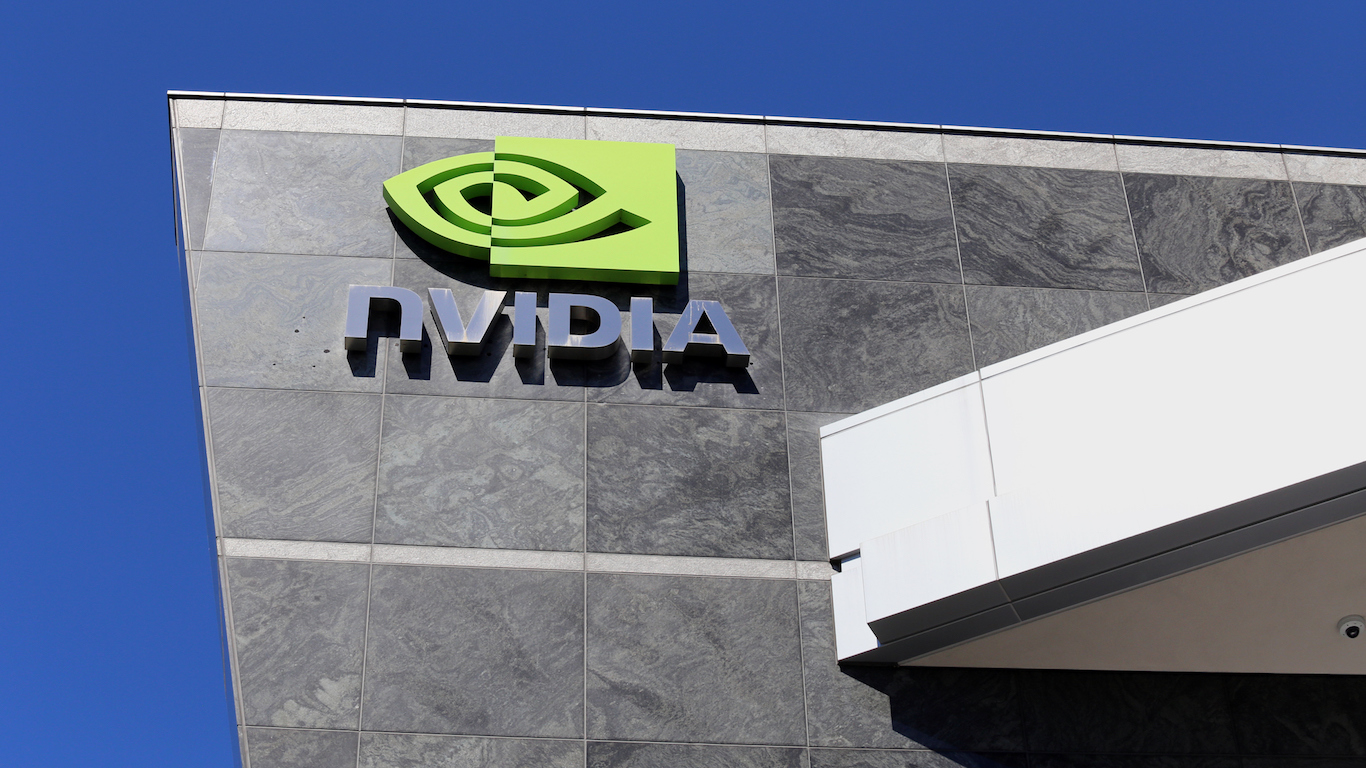Investing
3 Things That Need to Happen for Nvidia to Have Another Banner Year in 2025

Published:

Nvidia (NASDAQ:NVDA) remains among the most dominant market forces investors can’t afford to ignore. The high-performance chip maker was once again among the best-performing mega-cap stocks in 2024, surging to new all-time highs, and continuing to battle it out with other Magnificent 7 stocks for the title of the world’s most valuable company.
The question many investors have for 2025 is whether we’re due for another banner year. After all, this year has brought more headwinds than tailwinds for Nvidia stock, at least thus far. News of Chinese AI company DeepSeek’s low-cost AI model shocked the market, and forced investors to question whether breakneck spending on AI chips will continue indefinitely.
We’ll see. Analysts still have a positive outlook for Nvidia in 2025, driven by its dominant position in the AI and semiconductor markets. While analysts broadly predict a continuation of the incredible revenue and earnings growth we’ve seen, there are a few factors these analysts point to as key to the bullish narrative around NVDA stock.
Let’s dive into three of these key factors for investors to consider.

Nvidia’s launch of the Blackwell architecture-based GPUs, specifically its GeForce RTX 50 Series, is going to play an integral role in Nvidia’s stock price performance in 2025.
The company’s Blackwell chips are seen as a significant advancement in graphics technology, built with cutting-edge features including up to 92 billion transistors, delivering remarkable performance improvements. The series includes models like the RTX 5090 and RTX 5080, which are set to hit the market on January 30, 2025. If mega-cap tech companies continue to invest in the latest and greatest chips with peak performance capabilities, this platform should see robust demand for years. That’s been the indication thus far from CEO Jensen Huang.
And while his previous commentary around “insane demand” for the company’s Blackwell chips may certainly be the case in the quarters to come, investors will no doubt be looking out further than this year to determine how cash flows from this particular chip will continue to materialize. It’s the out years for Nvidia that are hardest to quantify, and these are also the years that could bring incredible cash flows to the table. So, this stock is a difficult one to value right now.
But at a forward price-earnings multiple of just 30-times, there are certainly reasons why any sort of positive commentary around the company’s Blackwell rollout could drive big share price gains following earnings and into the end of the year.

Another key use case for Nvidia’s high performance chips is within the autonomous vehicle technology space. Nvidia has made significant partnerships with major players in the automotive sector, particularly Toyota and Aurora. Another key announcement made at CES 2025 was additional color on a collaboration with Toyota to integrate Nvidia’s DriveOS and Drive AGX Orin platform into the automaker’s next-generation vehicles. This collaboration should further enhance the company’s self-driving capabilities and position Nvidia’s chips as a leader in this high-growth area of the market.
Nvidia’s DriveOS serves as a foundational operating system for autonomous driving, enabling real-time AI processing that is crucial for safe navigation and decision-making on the road. Furthermore, Nvidia has been working with Toyota since 2019 through the Toyota Research Institute to develop and validate autonomous systems using cloud-based computing platforms. In addition to Toyota, Nvidia has partnered with Aurora and Continental to develop self-driving trucks, further solidifying its role as a key enabler in the automotive industry.
These collaborations not only enhance Nvidia’s market position but also reflect the growing demand for advanced autonomous driving technologies, which McKinsey estimates could be worth $400 billion by 2035.

One of the key factors long-term bulls in Nvidia stock have relied on is the thesis that spending for high-performance chips will only go one direction – up. That’s because as AI models and robotics applications become more involved, so too should the chips supporting the back end of these key technological revolutions. Thus far, this thesis has been proven to be accurate.
One of the more notable advancements from the Nvidia team is the company’s introduction of its Cosmos platform at CES 2025. This model should assist companies involved in the development of physical AI, particularly for robotics and autonomous systems. Cosmos is designed to streamline the creation of advanced AI models by leveraging world foundation models (WFMs), which generate synthetic training data essential for training robots and autonomous vehicles. This approach mitigates the traditionally labor-intensive process of collecting and labeling vast amounts of real-world data, allowing developers to create realistic 3D simulations for training purposes.
The platform includes a suite of specialized models that can produce high-quality synthetic data tailored for specific applications, such as factory automation or autonomous navigation. By utilizing these generative models, developers can simulate various scenarios, enabling robots to learn and adapt without the risks associated with real-world testing. Additionally, Cosmos is available under an open model license, promoting accessibility for developers across the robotics and automotive sectors, including collaborations with companies like Uber and Agility Robotics.
Thank you for reading! Have some feedback for us?
Contact the 24/7 Wall St. editorial team.